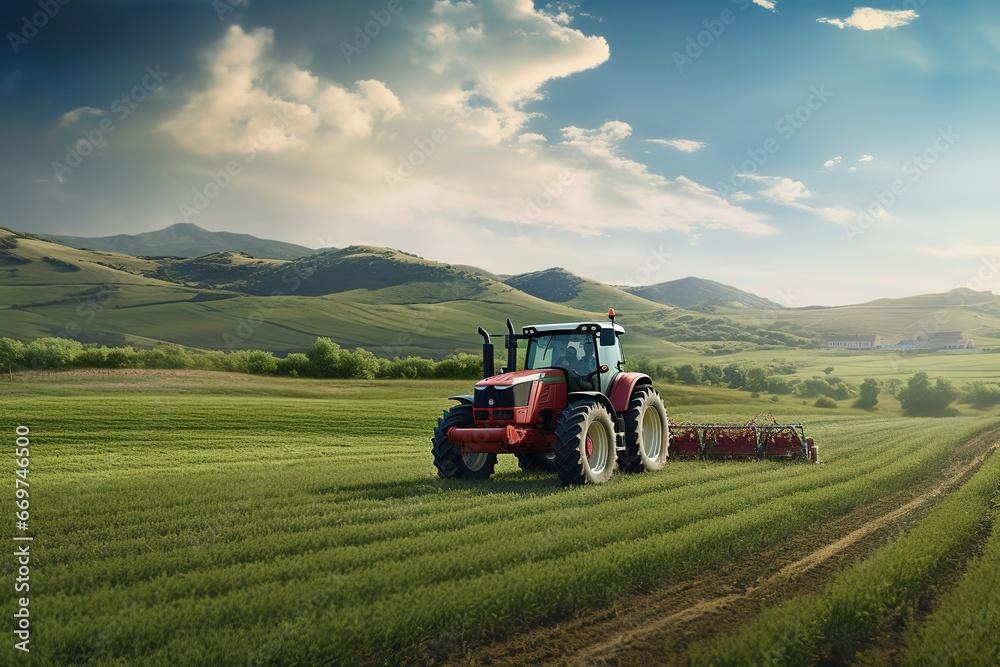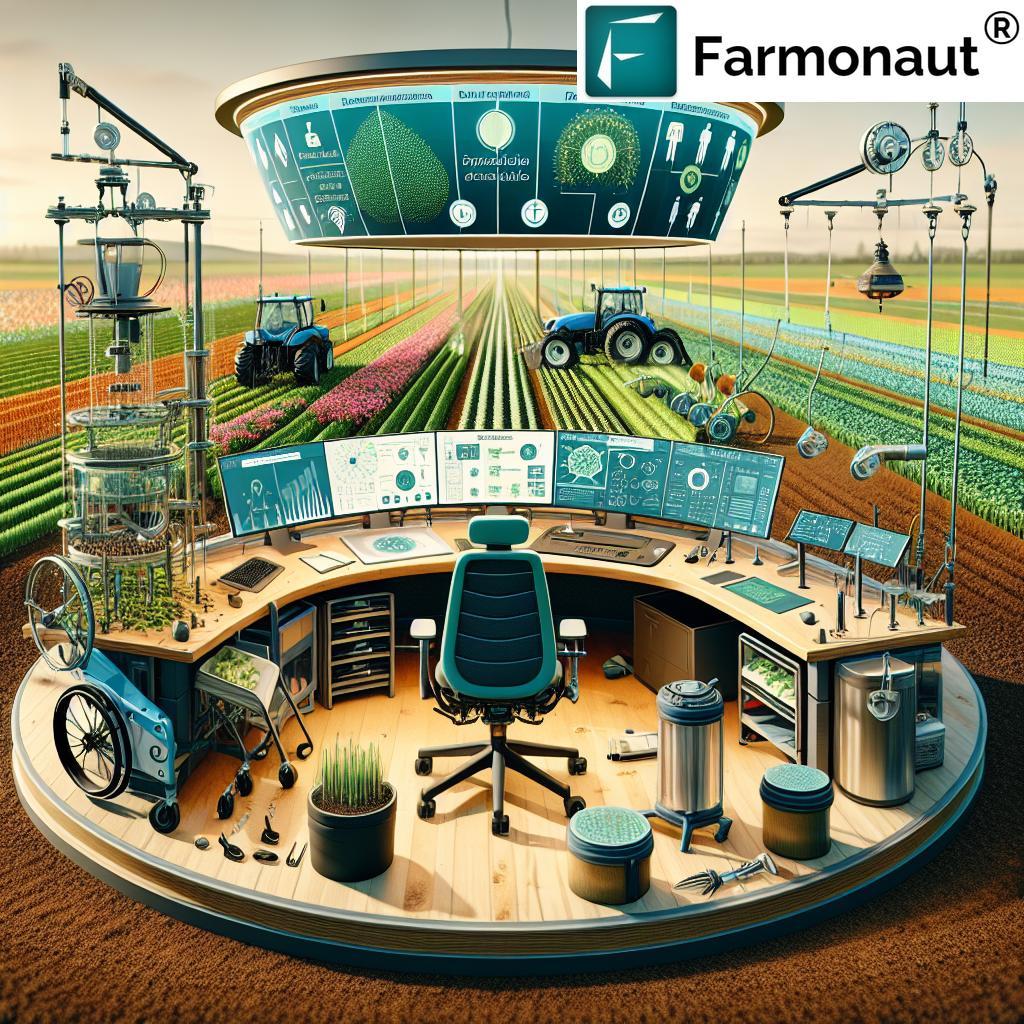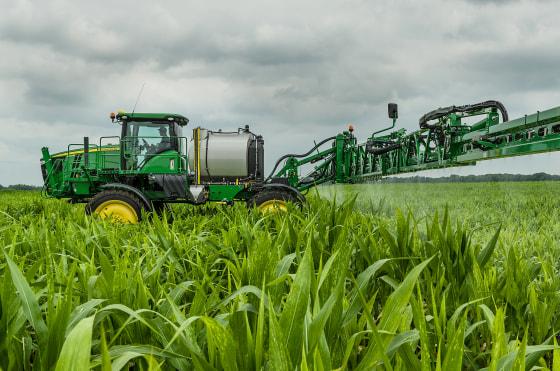The agricultural sector faces unprecedented workforce challenges as labor shortages continue to impact farming operations worldwide. This growing scarcity of agricultural workers has accelerated the adoption of automated farming equipment, from autonomous tractors to robotic harvesters. As traditional manual labor becomes increasingly challenging to secure, farmers and agricultural businesses are turning to technological solutions to maintain productivity and meet global food demand.The agricultural sector is witnessing a significant transformation as farmers increasingly turn to automated equipment to address persistent labor shortages. modern farms are embracing technological solutions, from autonomous tractors to robotic harvesting systems, revolutionizing traditional farming practices.
Recent data indicates that agricultural businesses face a 30% workforce deficit, prompting investment in automated alternatives. These refined machines operate around the clock, performing tasks such as planting, irrigation, and crop monitoring with precision and efficiency. Manufacturers report a 45% surge in demand for autonomous farm equipment over the past two years.
Automated systems utilize advanced sensors, GPS technology, and artificial intelligence to navigate fields and perform complex agricultural operations. These machines can detect crop ripeness, identify diseases, and adjust treatment applications in real-time, reducing waste and optimizing resource usage. Some systems demonstrate accuracy rates exceeding 95% in crop handling and deployment of agricultural inputs.
The economic implications of this technological shift are considerable. While the initial investment in automated equipment is considerable, farmers report labor cost reductions of up to 60% within the first three years of implementation. Additionally, these systems reduce human error and workplace accidents, leading to decreased insurance premiums and liability concerns.
Climate-controlled automated greenhouses represent another breakthrough in addressing labor challenges. These facilities utilize robotics for seeding,transplanting,and harvesting,while environmental parameters are automatically adjusted for optimal growing conditions. Such systems can operate with minimal human supervision, requiring only periodic maintenance and oversight.
Small and medium-sized farms are also finding accessible automation solutions through cooperative ownership models and equipment-sharing programs. These arrangements allow farmers to benefit from advanced technology without bearing the full cost burden individually. Regional agricultural cooperatives report a 75% increase in participation in equipment-sharing initiatives.
The integration of automated systems has sparked innovation in crop management strategies. Farmers now employ drone technology for aerial surveying, precision spraying, and yield monitoring. These unmanned aerial vehicles can cover vast acreages efficiently, providing detailed data for informed decision-making.
Educational institutions are responding to this technological evolution by developing specialized training programs. Agricultural technology certificates and degrees focus on operating and maintaining automated systems, creating new career pathways in modern farming. Industry partnerships with technical schools have increased by 40% to meet the growing demand for skilled technicians.
Market analysts project the agricultural automation sector to expand by 150% within the next decade. This growth is driven by continued labor shortages, increasing food demand, and the need for enduring farming practices. Manufacturers are investing heavily in research and progress, focusing on improving artificial intelligence capabilities and developing more cost-effective solutions for various farm sizes and types.
The shift toward automated farming equipment represents a crucial adaptation to contemporary agricultural challenges,ensuring continued productivity despite workforce limitations.This technological revolution is reshaping the future of agriculture, making it more efficient, precise, and sustainable.






